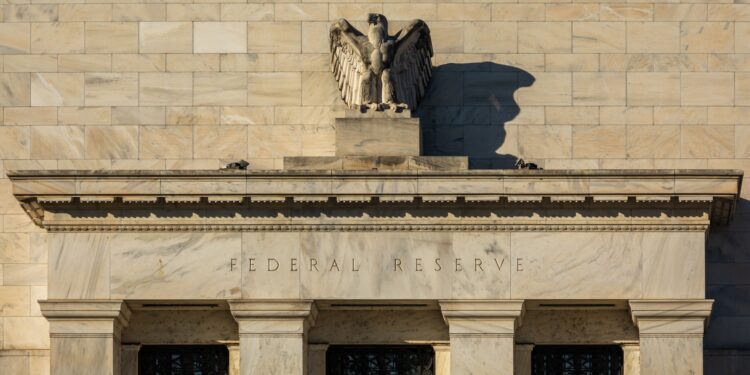Lower consumer spending, slowing wage growth and reduced employment are all factors which could feed into a decision to lower the federal funds rate as inflation moves toward the Fed’s 2% goal, according to Fed governor Michelle Bowman in a speech to the Alaska Bankers Association today.
Bowman did however note that there were inflation upside risks due to the normalization of supply conditions while increased geopolitical tensions, additional fiscal stimulus and increased housing demand due to immigration created an upward pressure on prices.
“I continue to view inflation as somewhat elevated. And with some upside risks to inflation, I still see the need to pay close attention to the price-stability side of our mandate while watching for risks of a material weakening in the labor market,” said Bowman. “My view continues to be that restoring price stability is essential for achieving maximum employment over the longer run.”
Bowman noted that consumers seemed to be pullng back on discretionary expenses and that low and moderate income consumers no longer have savings to support discretionary spending.
“My baseline outlook is that inflation will decline further with the current stance of monetary policy,” added Bowman. “Should the incoming data continue to show that inflation is moving sustainably toward our 2 percent goal, it will become appropriate to gradually lower the federal funds rate to prevent monetary policy from becoming overly restrictive on economic activity and employment.”
by Staff












